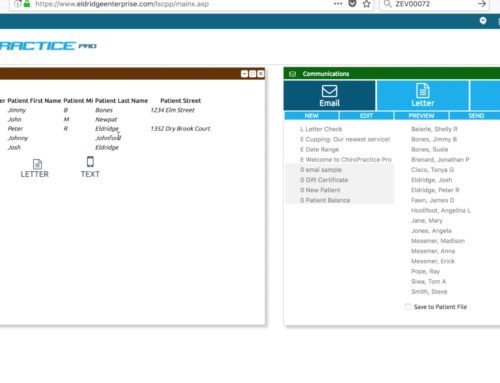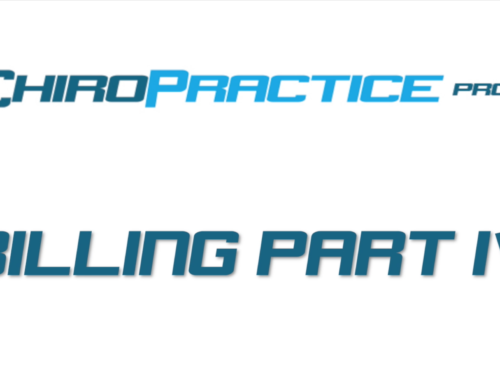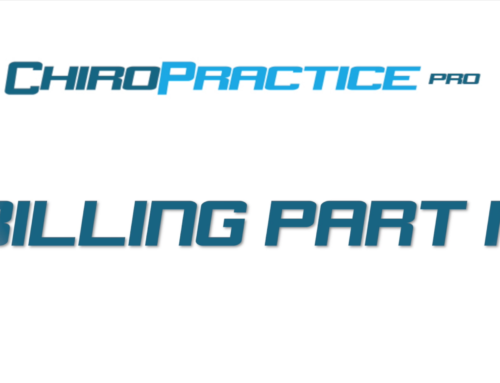Billing Ledger Walkthrough
In this video we are going to review the Billing Ledger.
In the settings for this window, there is only one option, the size of the Ledger table. The default is 12 and you can set this value larger or smaller depending on your preference.
When the Auto Update setting for this window is set to True, it will update with the selected patient, the selected date, and the filters you have applied.
In the main window, the first button is a refresh button. This will refresh the window’s content, with the most current data, or will update with the new filters applied.
The second section is a date range. This will limit the data shown to the dates in the From and To boxes. Below these boxes are Today, Week and Month quick fill buttons. Clicking these will fill the From and To box appropriately.
The next section is the filter section. Clicking the filters will limit the data shown. The first filter is the Select Patient Data filter. This limits the data to the Current patient. The second sets of filters are Payment, Adjustments, Charges, Prepayments and Insurance Payments. These filters limit the data to a certain billing type. For instance, if you wanted to see the charges, you would click the charges filter. All other billing types will not be shown. You can also select multiple billing types. When you deselect all of the filters, all of the billing types will show.
The third sets of filters apply to payments. The filters include Cash, Credit Card and Check payments. You can use these in conjunction with the other payment bill types to further filter your data.
The final section at the top of this window is the Action section.
The first action is used to create a new billing item. This creates a new row in the billing ledger. It’s important to note that the information will automatically be assigned to the selected patient. Remember, you can select the patient in the Patient Search & List. You know you have the right patient as they will be listed in the information Bar.
Also, remember that you can link your customized note to the billing section, so when you select a charge in your SOAP note, it automatically creates a new row in the ledger. The Quick Pay Window will also create a new billing item.
The headings in the table will guide you as you enter the billing item. Different options will be available depending on the bill type you select. When you are done entering the data, click the save button on the right side of the ledger.
The second action is the Bill Insurance action. To bill insurance, you must select the charges that you want to bill (this is where you may want to use your charges filter). There’s also a check box at the top of the Bill column that will allow you to select all the billable items shown in the list. Then click the bill insurance action button. This will open a new window with the Insurance billing submission page. If multiple patients are shown in the list, multiple billing submission pages will open. We’ll go over more information on billing insurance in another video, but you can see here that it is incredibly simple to hit Submit and bill the insurance company.
To edit items in the ledger, you just click the item and either a text box or selection list will appear allowing you to change the item. Clicking away from the input box will save the item.
At the end of each row is a Delete button. Click this to delete a billing line item.
Combining the filters and dates can create daily, weekly, monthly or any date range reports on the fly including charges, payments and billings.
The billing window provides a powerful way to view all your billing information in one window.




